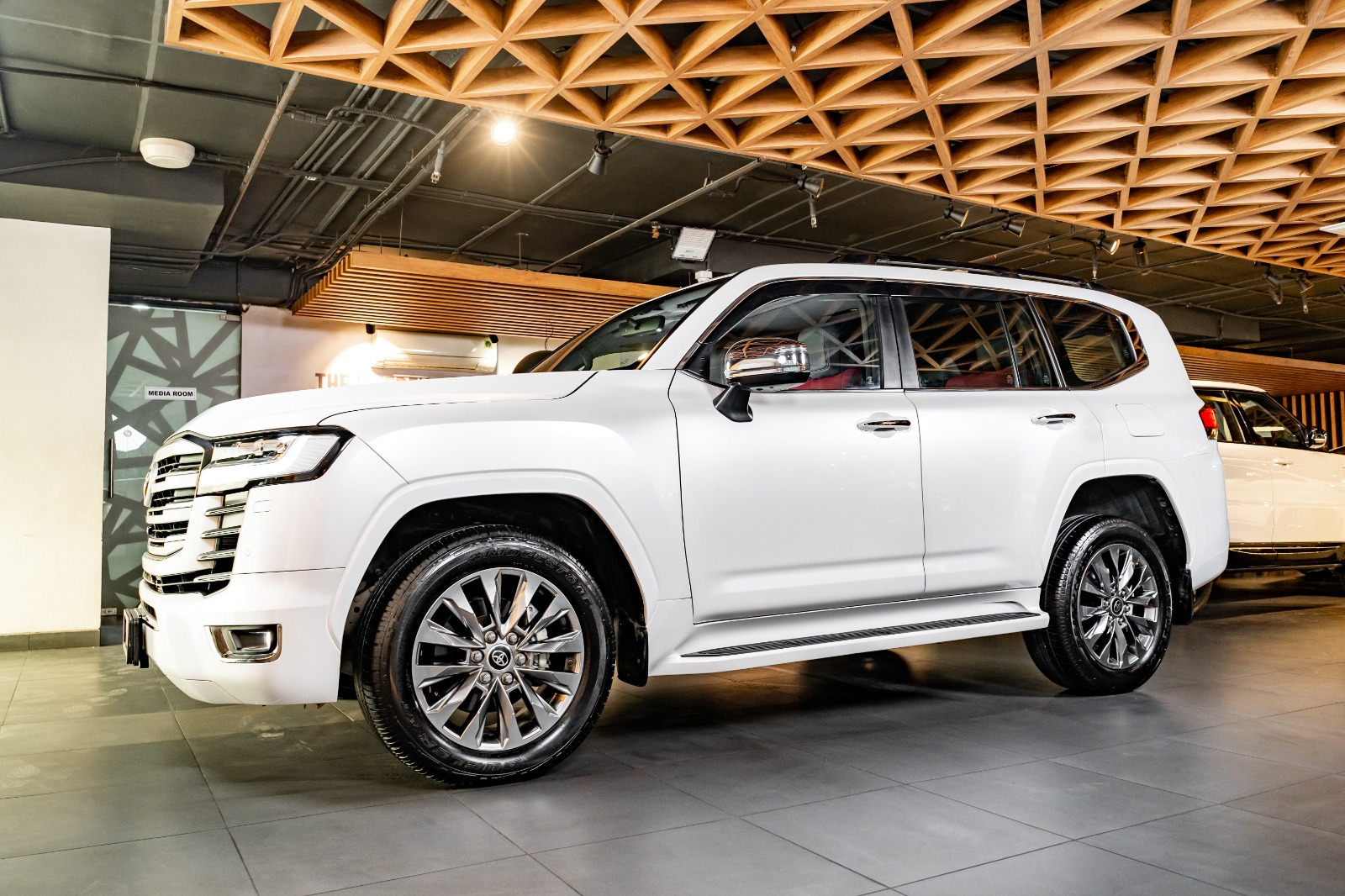
![]()
25th December 2023
![]()
Superadmin
What Is Clutch? Uses & Types
Traffic has become a new normal with lots of vehicles on the road. Have you ever wondered how a vehicle moves on the road like a man? Well, it is a fact that vehicles play a major role in the daily transportation needs of humans. Many auto components contribute to running a vehicle similar to a man. One of the most important parts of a vehicle is the Clutch which operates to establish a relationship between an engine and gearbox.
What Is a Clutch?
Mechanical devices called clutches are used to transfer power from one rotating shaft to another. They provide power to rotary assemblies, machinery, and systems in a variety of industries. The kind of clutch used varies based on the specifications and limitations of the application.
Types Of Clutch
There are several different types of clutches, some of which are listed below.
- Diaphragm Clutches
This kind of clutch applies pressure to the pressure plate to engage the clutch. The diaphragm on the conical spring serves as the clutch. The pressure plate is fastened to the finger or crown-style spring.
- Centrifugal Clutches
With the driving shaft nestled inside the driven shaft, a centrifugal clutch is a form of clutch that connects two concentric shafts using centrifugal force. In addition to centrifugal force, the semi centrifugal clutch also uses spring force.
- Sprag Clutches
A one-way freewheel clutch is called a sprag clutch. It is similar to a roller bearing, but non-revolving asymmetric figure-eight-shaped sprags or other components permitting single-direction rotation are used in place of cylindrical rollers.
- Friction Clutches
The friction principle is the foundation of friction clutches. When the driving and driven component shafts are engaged, or brought into contact, they create friction that transfers rotational energy from the former to the latter.
- Fluid Clutches
Fluid clutches are fluid flywheels in which torque is transferred from the driving to the driven component via a hydraulic fluid.
- Single Plate Clutch
A single plate clutch has just one clutch plate which is one of the most often used types of clutch in cars today. It is made up of two parts namely the driving shaft and the driven shaft.
- Multi-Plate Clutch
This multi-plate clutch transfers power from an engine’s shaft to the vehicle’s gearbox shaft using several clutch plates.
- Electromagnetic and Electro Hydraulic Clutches
Electrical energy is transformed into mechanical energy by electric clutches. An electromagnetic field is produced when a current flows through the electrical power source. A pressure plate is then drawn to the electromagnetic field created, engaging the clutch.
The Use of Clutch In A Car
You can change the car’s speed without turning it off by disconnecting the engine from the wheels with the use of clutch in cars. This is advantageous because although the wheels stop spinning, the engine does not. In order to start your car going in the first place, your clutch and gearbox work together.
Conclusionary Thought
Now you have understood the best way to use clutch in a car to run it smoothly. Many luxury cars use different types of clutches. For used luxury cars, you can visit Auto Best Emperio’s online platform for your fair deals.
FAQs
What is the difference between a clutch and a brake?
An energy transfer mechanism that transfers power from the driver to the driven shaft is called a clutch. A brake is a type of control device that converts kinetic energy into heat to stop and control moving loads.
Is it possible to apply the brakes without engaging the clutch?
While providing the least disturbance to your car, you can apply brakes without engaging the clutch.
Where is the clutch found in a car?
The clutch in a car is positioned in between the flywheel, engine, and gearbox for transferring torque from the engine to the gearbox.
More Blogs To Read
Tips To Increase The Life Of Car Clutch
Car Clutch: How To Maintain It?




Leave Your Comment
Your email address will not be published. Required fields are marked *Comments:* Name*Email*Post Comment



